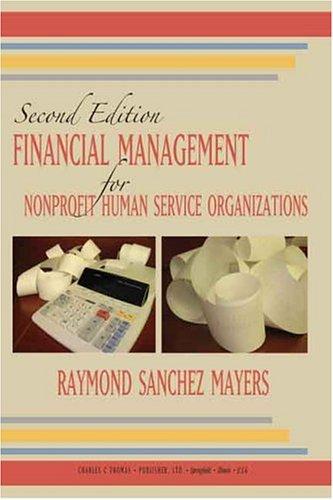7. Short-run supply and long-run equilibrium Consider the competitive market for titanium. Assume that, regardless of how many firms are in the industry, every firm in the industry is identical and faces the marginal cost (MC), average total cost (ATC), and average variable cost (AVC) curves shown on the following graph. 80 72 64 54 ATC 48 COSTS (Dollars per pound) 40 2 24 18 AVC . MOO 0 + 3 0 27 30 6 9 12 15 13 21 24 QUANTITY (Thousands of pounds) The following diagram shows the market demand for titanium. Use the orange points (square symbol) to plot the initial short-run industry supply curve when there are 20 firms in the market. (Hint: You can disregard the portion of the supply curve that corresponds to prices where there is no output since this is the industry supply curve.) Next, use the purple points (diamond symbol) to plot the short-run industry supply curve when there are 40 firms. Finally, use the green points (triangle symbol) to plot the short-run Industry supply curve when there are 60 firms. 00 a 64 Supoly (20 firme) 10 Demand 48 Supply (40) PRICE (Dollars per pound 40 32 Supply Co firma) 24 10 0 O 120 240 300 480 600 720 840 900 1000 1200 QUANTITY (Thousands of pounds) AN Supply (40firms PRICE (Dollars per pound 40 A 32 Supply (60 firms) 24 18 B 0 0 120 240 340 480 800 720 840 960 1080 1200 QUANTITY (Thousands of pounds) If there were 60 firms in this market, the short-run equilibrium price of titanium would be would Therefore, in the long run, firms would per pound. At that price, firms in this industry the titanium market Because you know that competitive firms earn economic profit in the long run, you know the long-run equilibrium price must be per pound. From the graph, you can see that this means there will be firms operating in the titanium Industry in long-run equilibrium True or False Assuming implicit costs are positive, each of the firms operating in this industry in the long run earns positive accounting profit. True O False 7. Short-run supply and long-run equilibrium Consider the competitive market for titanium. Assume that, regardless of how many firms are in the industry, every firm in the industry is identical and faces the marginal cost (MC), average total cost (ATC), and average variable cost (AVC) curves shown on the following graph. 80 72 64 54 ATC 48 COSTS (Dollars per pound) 40 2 24 18 AVC . MOO 0 + 3 0 27 30 6 9 12 15 13 21 24 QUANTITY (Thousands of pounds) The following diagram shows the market demand for titanium. Use the orange points (square symbol) to plot the initial short-run industry supply curve when there are 20 firms in the market. (Hint: You can disregard the portion of the supply curve that corresponds to prices where there is no output since this is the industry supply curve.) Next, use the purple points (diamond symbol) to plot the short-run industry supply curve when there are 40 firms. Finally, use the green points (triangle symbol) to plot the short-run Industry supply curve when there are 60 firms. 00 a 64 Supoly (20 firme) 10 Demand 48 Supply (40) PRICE (Dollars per pound 40 32 Supply Co firma) 24 10 0 O 120 240 300 480 600 720 840 900 1000 1200 QUANTITY (Thousands of pounds) AN Supply (40firms PRICE (Dollars per pound 40 A 32 Supply (60 firms) 24 18 B 0 0 120 240 340 480 800 720 840 960 1080 1200 QUANTITY (Thousands of pounds) If there were 60 firms in this market, the short-run equilibrium price of titanium would be would Therefore, in the long run, firms would per pound. At that price, firms in this industry the titanium market Because you know that competitive firms earn economic profit in the long run, you know the long-run equilibrium price must be per pound. From the graph, you can see that this means there will be firms operating in the titanium Industry in long-run equilibrium True or False Assuming implicit costs are positive, each of the firms operating in this industry in the long run earns positive accounting profit. True O False









